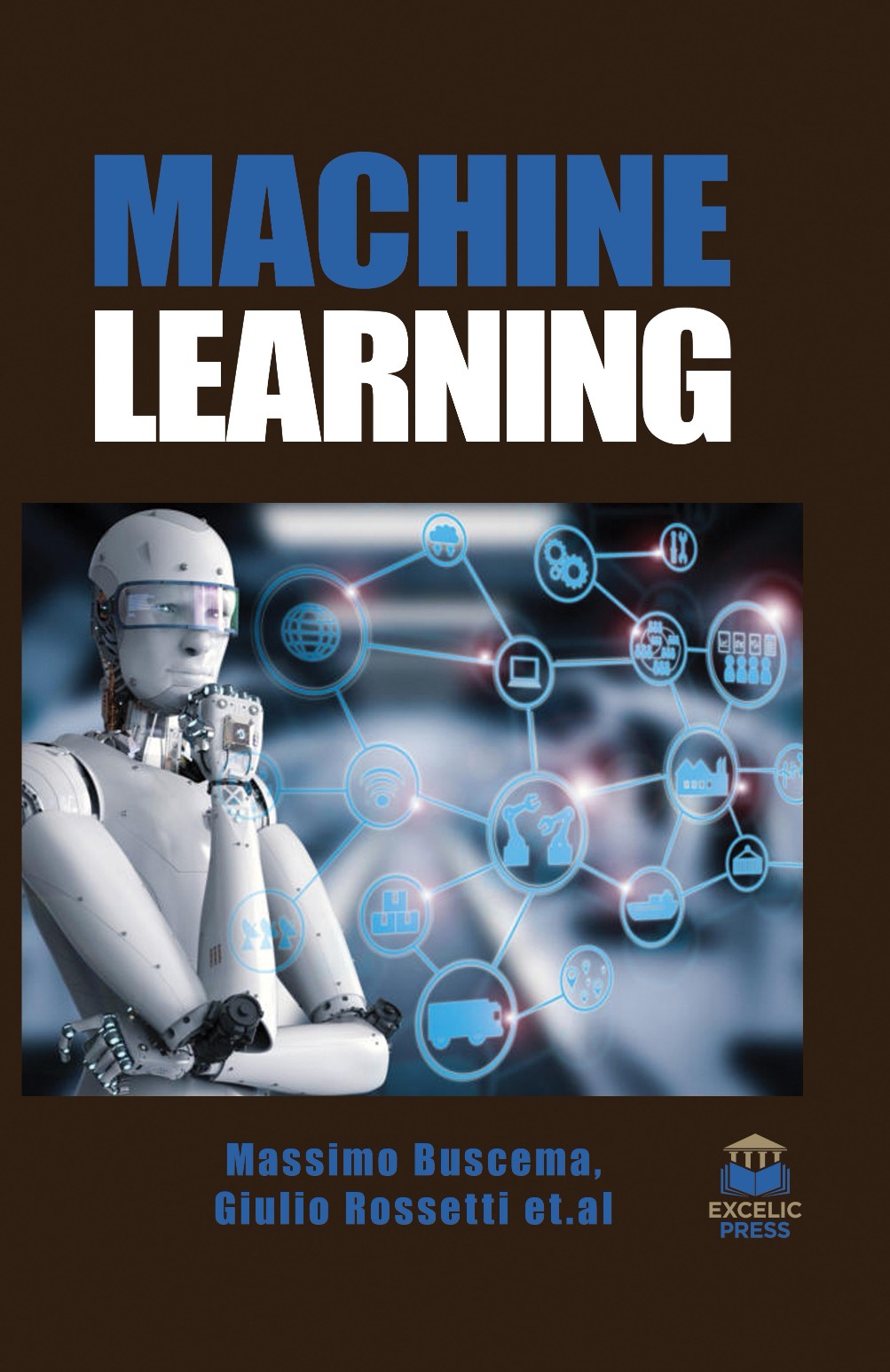Machine Learning is generally taken to include automatic computing measures based on logical or binary operations that learn a task from a series of examples. Machine learning addresses the question of how to build computers that improve automatically through experience. It is one of today’s most rapidly growing technical fields, lying at the intersection of computer science and statistics, and at the core of artificial intelligence and data science. Within artificial intelligence (AI), machine learning has emerged as the method of choice for developing practical software for computer vision, speech recognition, natural language processing, robot control, and other applications. Recent progress in machine learning has been driven both by the development of new learning algorithms and theory and by the ongoing explosion in the availability of online data and low-cost computation. The scientists and engineers who collect such data have often turned to machine learning for solutions to the problem of obtaining useful insights, predictions, and decisions from such data sets.
Machine Learning aims to provide an up-to-date and detailed introduction to the principles and algorithms of machine learning. It contains selected topics reporting substantive results on a wide range of learning methods applied to a variety of learning problems. It shows how to apply learning methods to solve important applications problems and how machine learning research is conducted.
This book will be of interest to industrial engineers and scientists as well as academics who wish to pursue machine learning. The book is aimed at advance students in fields such as computer science, cybernetics, system sciences, engineering, statistics, and social sciences, and as a reference guide for software professionals and practitioners.













